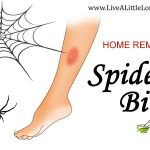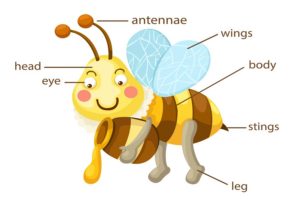
The first thing to do when you encounter a case of a person suffering from a bee sting is to look for symptoms of anaphylaxis (a life-threatening condition), which can be detected by the extreme itchiness and redness of the skin. You will also notice hives or welts, and the person may complain of a sense of dizziness, and suffer shortness of breath as well.
Also see: Home remedies for wasp stings
Symptoms Of A Bee Sting
Bee stings have different reactions that can range from mild pain to very severe pain and discomfort leading to allergic reactions. The reactions may vary from time to time and depend on the species of bees as well.
Mild Symptoms
- Sharp, burning pain surrounding the sting region.
- Formation of reddish welt at the sting area.
- Mild swelling around the sting region.
Moderate Symptoms
Moderate symptoms comprise stronger reactions leading to:
- Extreme redness around the stung part.
- Mild swelling that gradually progresses to a large swelling over a couple of days.
Note: Moderate symptoms can last anywhere from 5 to 12 days, and need not lead to severe allergic reactions to subsequent stings if any. In case the subsequent reaction is a bit severe, don’t fail to inform the doctor when you visit him or her.
Severe Symptoms
Anaphylaxis is a severe allergic reaction to bee stings, which is a life-threatening condition requiring immediate medical assistance. However, only a minor segment of people suffers such severe reactions. Some of the symptoms include:
- Paleness of the skin, associated with hives and severe itching.
- Difficulty in breathing, often gasping for breath.
- Swelling up of the throat and tongue, difficulty in swallowing.
- Weak or racing pulse, with a sharp drop in blood pressure.
- Nausea and vomiting sensation, diarrhea in some cases.
- Feeling dizzy, with brief fainting spells.
- Losing consciousness for brief periods of time.
Caution: Multiple stings by a swarm of attacking bees are potentially very dangerous as a lethal quantity of toxic venom can accumulate in the blood, leading to severe complications. Such attacks lead to nausea, vomiting and diarrhea. It can also result in a severe headache, vertigo, convulsions, high fever, and dizziness with fainting spells. Multiple stings in children, senior citizens and those with a history of cardiac illness often turn out to be medical emergencies.
5 Best Home Remedies For Bee Stings
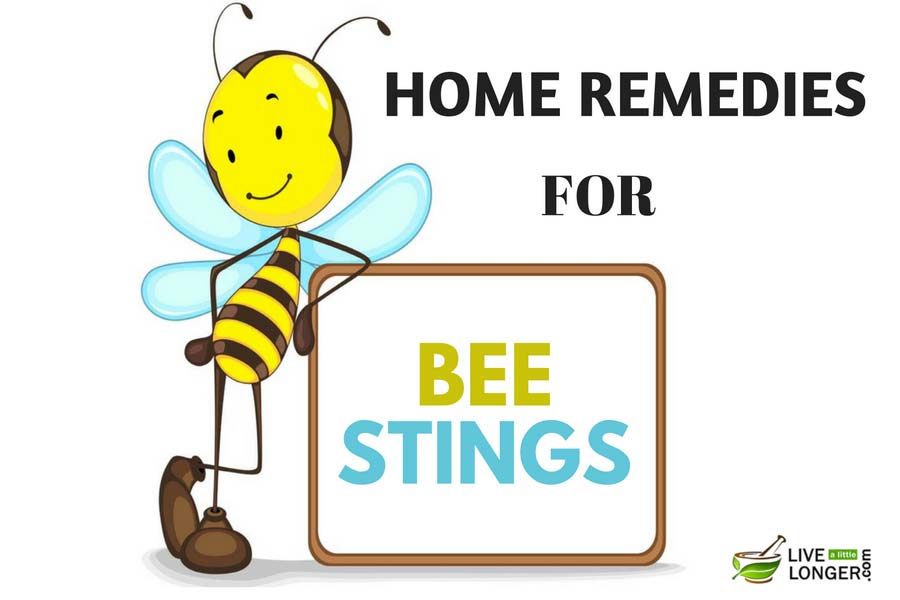
Note: Before commencing the treatment, make sure that the stinger embedded in the skin is removed using a pair of tweezers or scissors. Most of the venom would already have been injected; however, to prevent the rest of it joining the blood stream and to clean the stung skin region, it is important to remove the stinger first.
5. Apply An Ice Pack
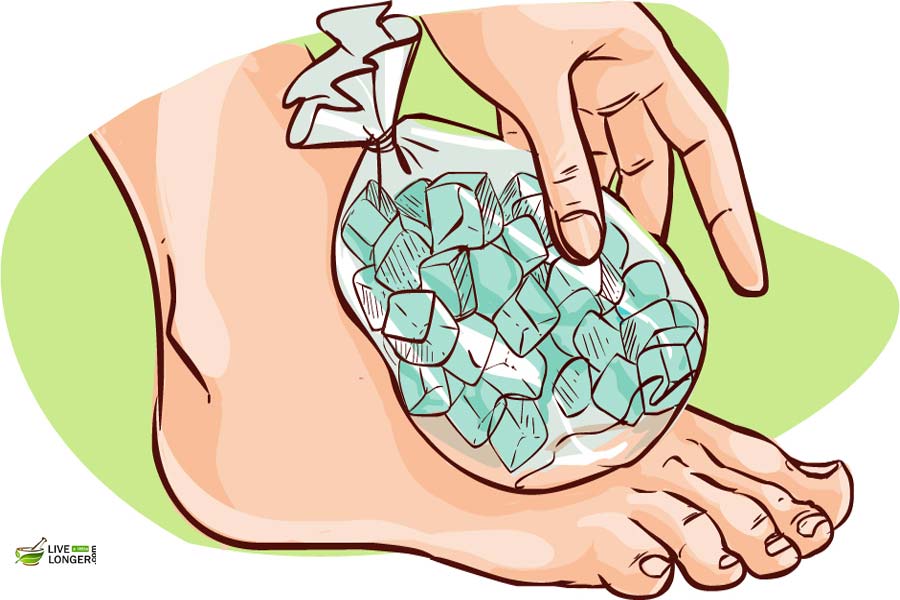
Procedure:
- Take a handful of ice cubes from your fridge (or from the neighbor’s)
- Bundle the ice cubes in a piece of soft cotton cloth.
- Place the ice pack on the sting region for a few minutes.
- Repeat the process as many times as required until the pain
How Does This Work?
A bee sting not only leaves a superficial wound, but it also causes bleeding in the underlying tissue. This is what causes the intense pain and swelling. Ice works wonders by coaxing the body to respond to the sting. It helps stem the bleeding into the tissues and contains the swelling effectively. Severe muscle pain and spasms associated with bee stings are controlled when an ice pack is applied immediately after the sting.
The ice pack reduces the temperature surrounding the skin and causes numbness; it also prevents the stiffening of the sting part and prevents tissue fluid from accumulating in the sting area. Ice pack treatment also helps in reducing the burning sensation associated with bee stings, and that is why it is considered one of the best home remedies for a bee sting.
The Remedy Is Not Good, If:
- The bee sting is severe and leads to an anaphylactic shock. This is a life-threatening situation and needs instant medical attention.
- You are applying ice directly on the skin. It can lead to frostbite, causing further damage to the skin.
4. Lavender Essential Oil
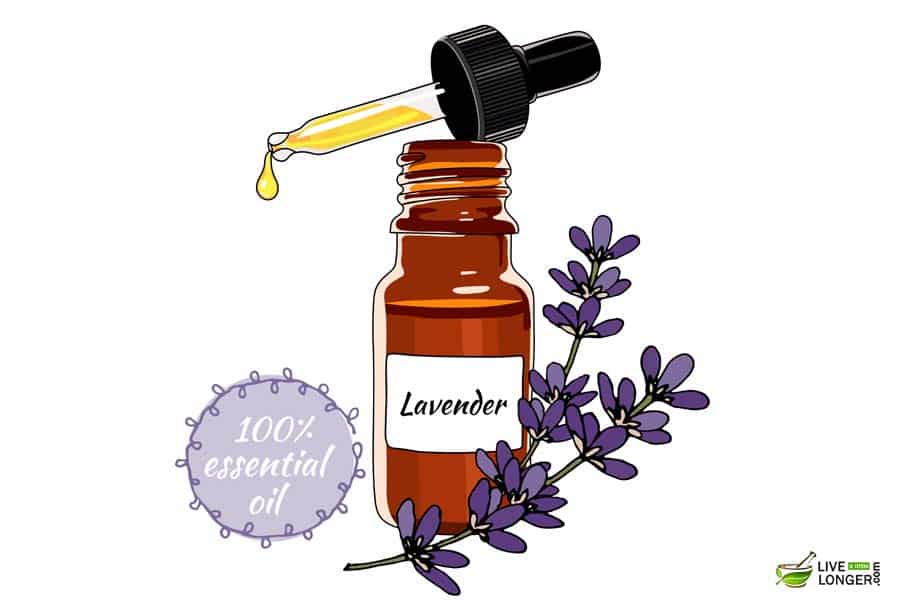
Procedure:
- Take a few drops of pure, undiluted lavender essential oil.
- Take a few drops of virgin coconut oil.
- Apply the coconut oil on the sting region first.
- Add two to three drops of undiluted lavender oil on sting region.
- Massage the lavender oil on the infected region for a few minutes.
- Repeat the entire process two to three times in the course of the day.
How Does This Work?
Lavender belongs to the mint family and its oil has been used as an effective herbal remedy for thousands of years. The oil is used extensively for preparing balms, salves, perfumes and other cosmetic preparations. Lavender essential oil has over 47 chemical compounds including dimethyl vinyl hexenyl butyrate, which is the main constituent, as well as octatriene, Eucalyptol, Camphor, etc.
The antioxidant property of lavender essential oil has been established after conducting the carotene-bleaching test. It has also been evaluated for its antimicrobial properties and found to be effective against bacteria. It has been used successfully in the treatment of patients suffering from allergic rhinitis. Moreover, the soothing effect lavender oil has on skin makes it one of the favorite home remedies for bee sting.
It helps reduce the itching, which can often leave you infuriated, and works on the swelling and helps reduce it as well. As using undiluted lavender essential oil may be harsh on tender skin, it is advisable to coat the infected skin part with coconut oil to reduce the intensity of this wonder oil, which is a must-have in all homes.
The Remedy Is Not Good, If:
You are using undiluted lavender essential oil on the skin. Doing this can aggravate the tender skin and worsen the condition of a bee sting site. Either use coconut oil as a protective coating or mix lavender essential oil with a few drops of coconut oil before applying.
3. Do-It-Yourself Bee Sting Cream
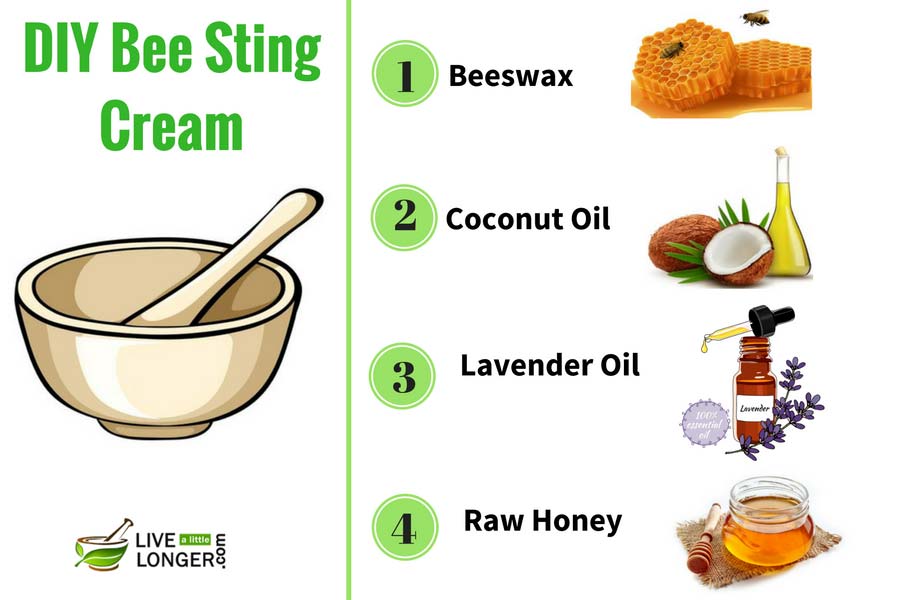
Procedure:
- Take 2 to 3 teaspoons of beeswax.
- Take 2 teaspoons of virgin coconut oil.
- Take 2 to 3 drops of undiluted lavender essential oil.
- 1 teaspoon of pure, raw honey.
- A small bowl for mixing.
- Heat the bowl, melt the beeswax, and add the coconut oil.
- Remove from stove and add lavender essential oil and honey.
- Stir well until all ingredients are mixed thoroughly.
- Pour the concoction into a tin container and close the lid.
- Leave it to cool for some time.
- Apply the DIY cream on the sting site and let it sit.
- Repeat the application 2 to 3 times in the course of the day.
How Does This Work?
The do-it-yourself homemade bee sting cream is made using some powerful ingredients listed above. It is indeed ironical that beeswax, a product extracted from a beehive is used for treating bee stings. Let us not forget that bees are one of the most beneficial creatures that help maintain the ecological balance. A recent study reports that if all the bees in the world were to be destroyed, mankind cannot exist for more than four years. Hence let us learn to live with bees and let them live.
However, a sting is a sting, and using the homemade bee sting cream offers instant relief, making it a great home remedy for bee sting. This handy cream is a great thing to have at home and can be used on minor burns, cuts, ant bites and other insect bites in addition to treating bee stings and getting instant relief.
The Remedy Is Not Good, If:
There are no known side effects of using this homemade cream. However, if the wound is severe or there is burning sensation after applying the cream, clean it and avoid using the remedy.
2. Honey and Garlic
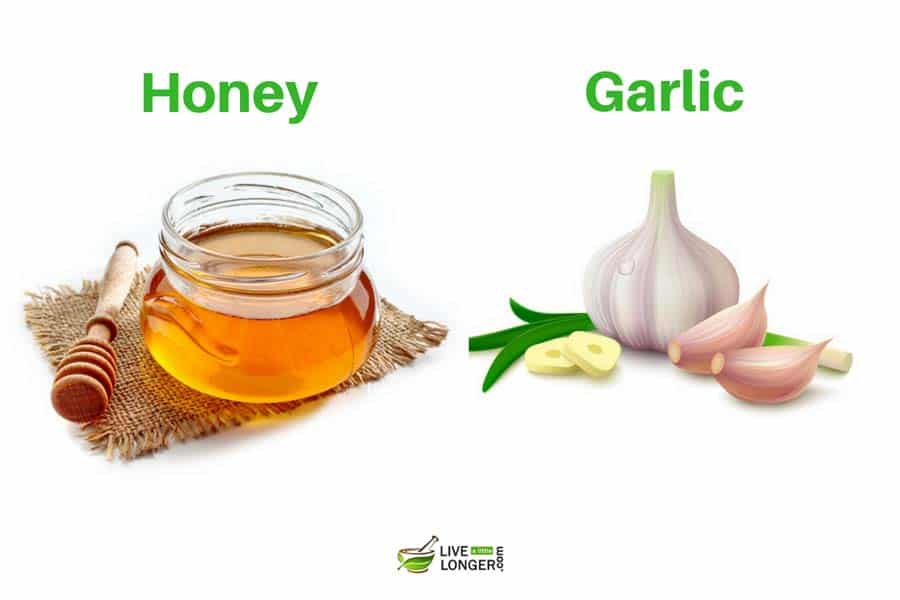 Procedure:
Procedure:
- Take 2 pods of fresh garlic and peel the skin.
- Wash the peeled garlic and crush to a soft paste.
- Take 2 teaspoons of pure, raw honey.
- Mix honey and garlic to make a thick paste.
- Apply on the bee sting site and allow it to sit for a few hours.
- Repeat process 2 to 3 times in the course of the day.
How Does This Work?
Honey has been praised as an important medicine from time immemorial and has been recorded as a harmless home remedy for various maladies. It is especially recommended for its wound-healing properties and antibacterial activity, which is good for preventing infection. It acts as an immunomodulator assisting in the speedy healing of the wound. Moreover, as honey is of a viscous nature, it forms a protective layer over the bee sting, thus preventing dust particles from entering the raw wound. Its low pH level and high sugar content are great at hindering the growth of microbes.
The volatile oils like allin, allinase and allicin present in garlic along with sulphurous compounds make it a wonder herb that is used to treat various ailments. Especially the compound allicin, which is formed only when garlic is crushed or cut, helps in healing the wound faster. The enzyme allinase is activated when garlic is crushed fresh and has strong antimicrobial properties that destroy bacteria forming in the bee sting part.
The Remedy Is Not Good, If:
There are no known side effects of using honey and garlic on the bee sting.
1. Baking Soda and Vinegar
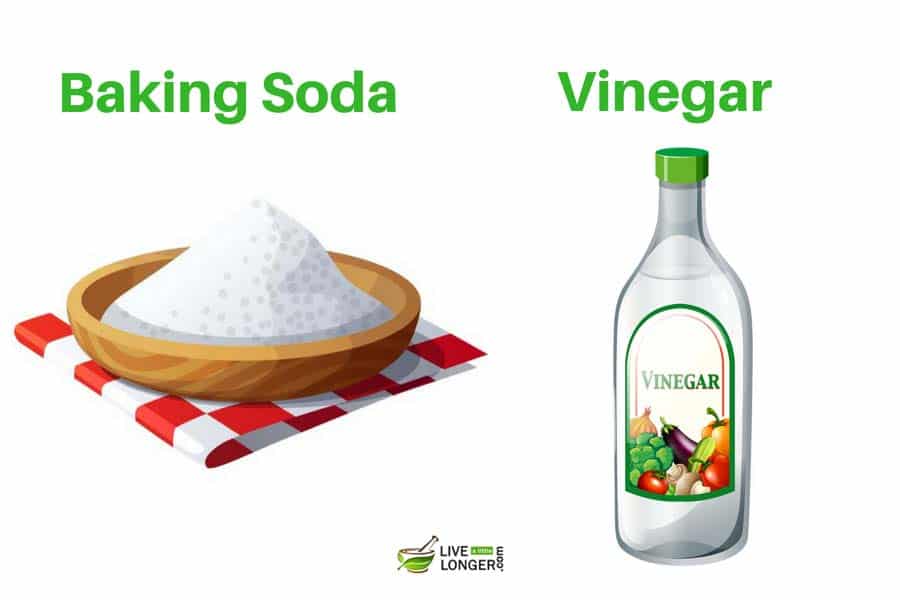 Procedure:
Procedure:
- Take 2 tablespoons of baking soda and add water.
- Add small quantities of water and mix to make a thick paste.
- Take 1 teaspoon of vinegar and mix with a little water.
- Add the vinegar mixed water to the baking soda paste and mix well.
How Does This Work?
Vinegar has been used as a medicine for thousands of years and is as reliable as all other folk medicine. It finds wide usage as a complementary and orthodox medicine for treating various skin conditions. While it offers excellent relief for sore throats and is effective in treating skin conditions like eczema, it has been found to be effective in treating bee stings, as it soothes the pain instantly. Vinegar is also great at controlling the itchiness caused by a bee sting. Moreover, the acetic acid content in vinegar helps heal wounds faster, with no side effects whatsoever.
Baking soda is an excellent home remedy and can be safely used for treating bee stings in children and adults alike. This mild alkaline chemical works on the venom and neutralizes it instantly, removing the acidic effect of the venom. Baking soda is also preferred as it offers relief from the severe pain caused by a bee sting and helps contain the itching as well. Moreover, baking soda works on the swelling in the bee sting site and helps reduce it by acting as an anti-inflammatory agent. The baking soda – vinegar combo is very effective, making it a preferred home remedy for a bee sting. Moreover, these are household items that are normally stocked in the kitchens of most houses.
The Remedy Is Not Good, If:
You are applying vinegar directly on the wound. Using undiluted vinegar will aggravate the underlying skin condition and increase the burning sensation. The same goes for baking soda as well, which should not be applied directly on any wound, as it is likely to cause damage to the skin.
Additional Tips About Bees
- Keep away from beehives; as long as bees are left undisturbed, they are harmless.
- If you find a beehive in your garden or roof of your home, don’t disturb it. Call a professional beekeeper who will help relocate the hive.
- Bees are Eco-friendly creatures that do more good than harm, and they help maintain the ecological balance.
- If stung by a bee, refrain from scratching the sting site, which will only aggravate the condition.
- Don’t disturb a bee hive, or try to collect honey from one, unless you have taken special training. A disturbed bee will attack in self-defense and will instigate the other bees to attack as a swarm, which can result in a very nasty situation.

